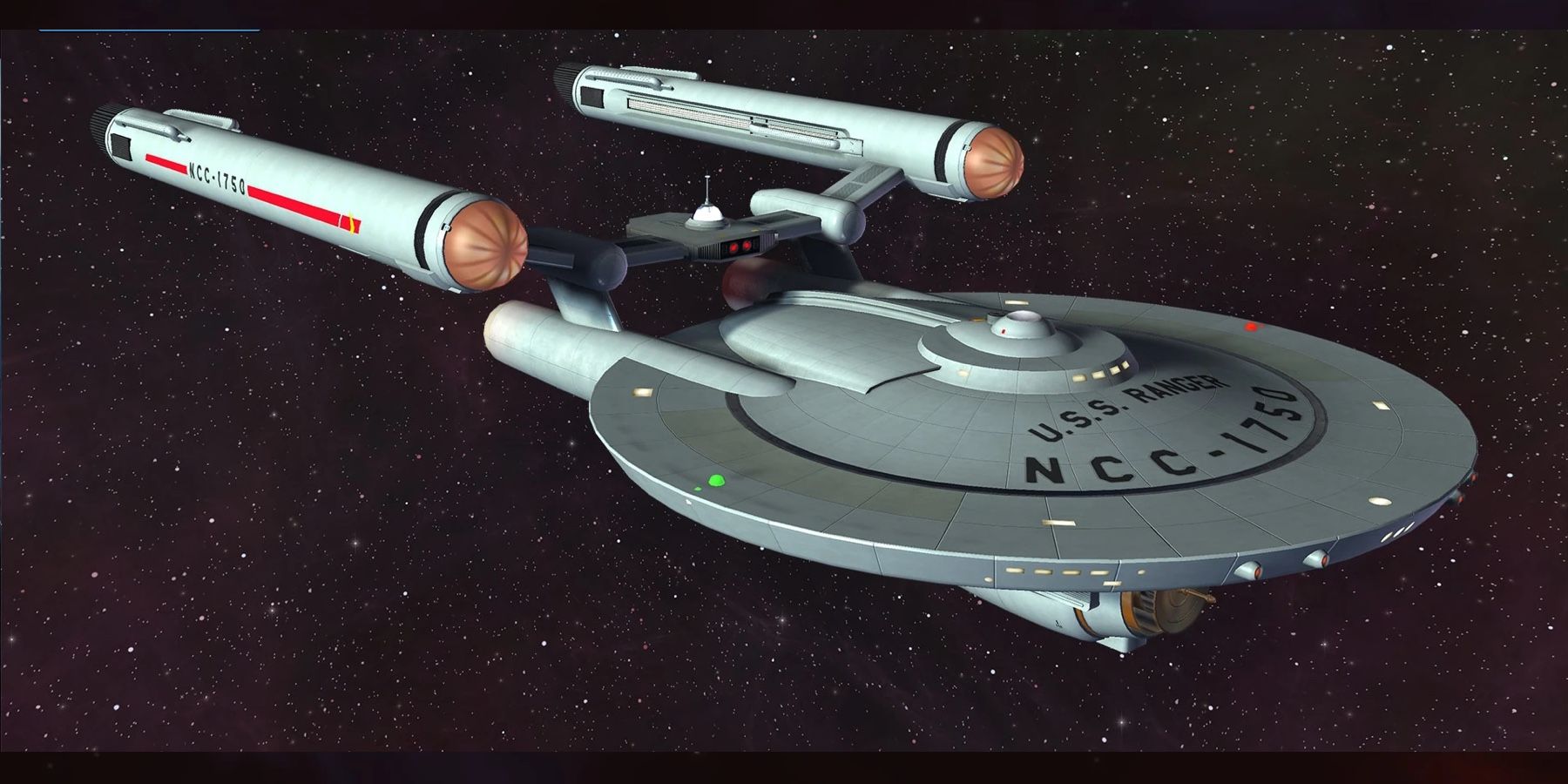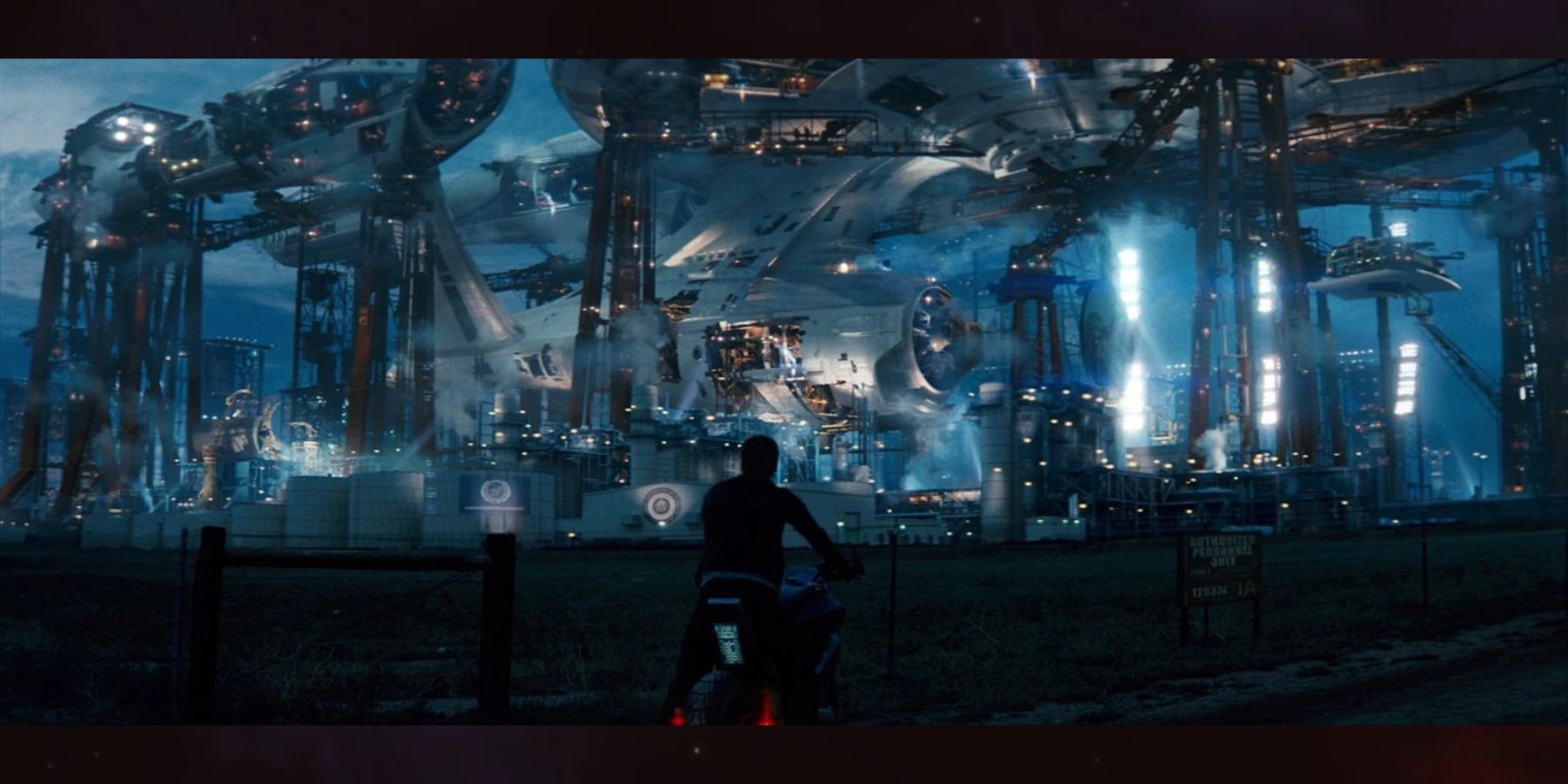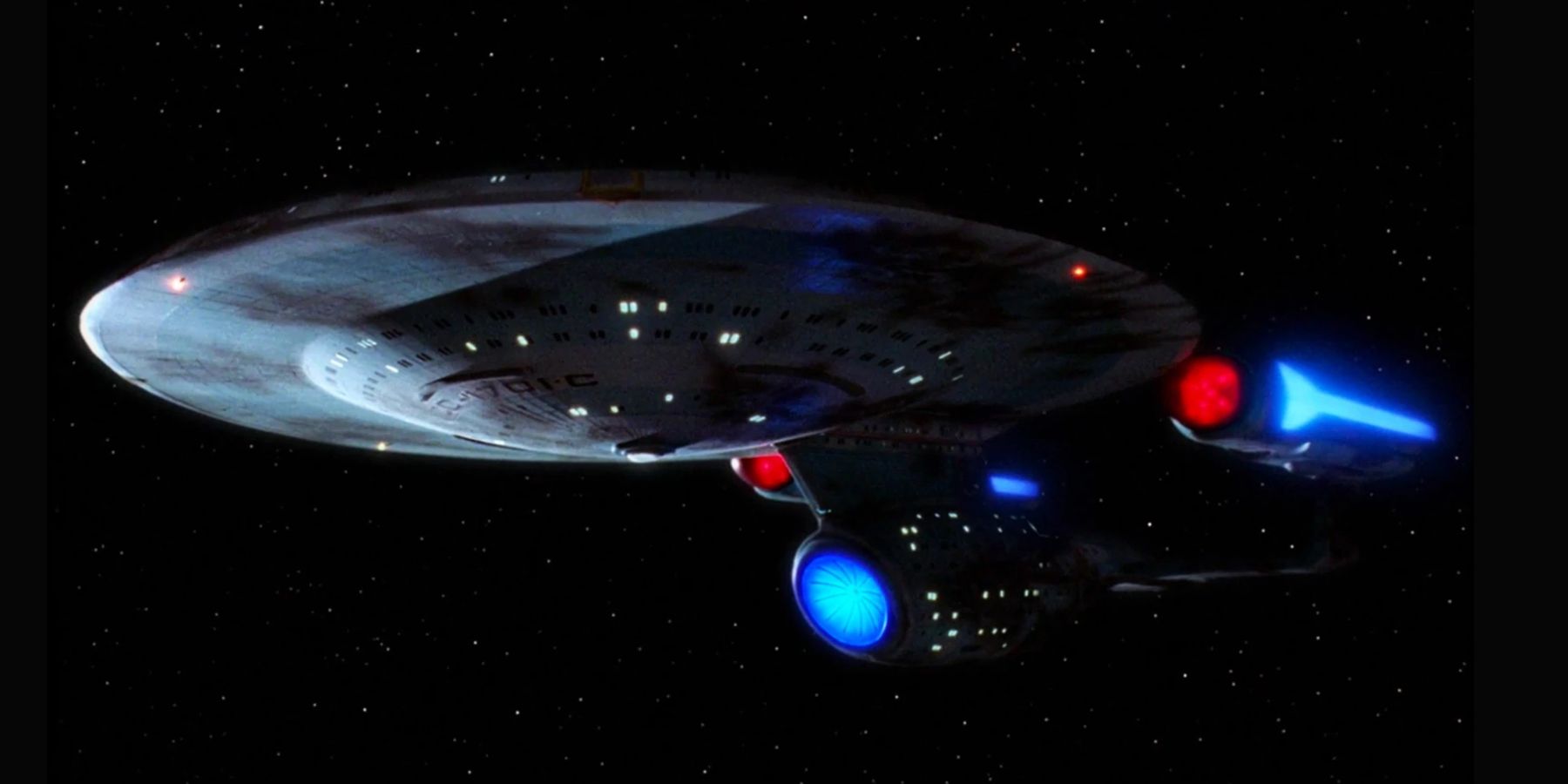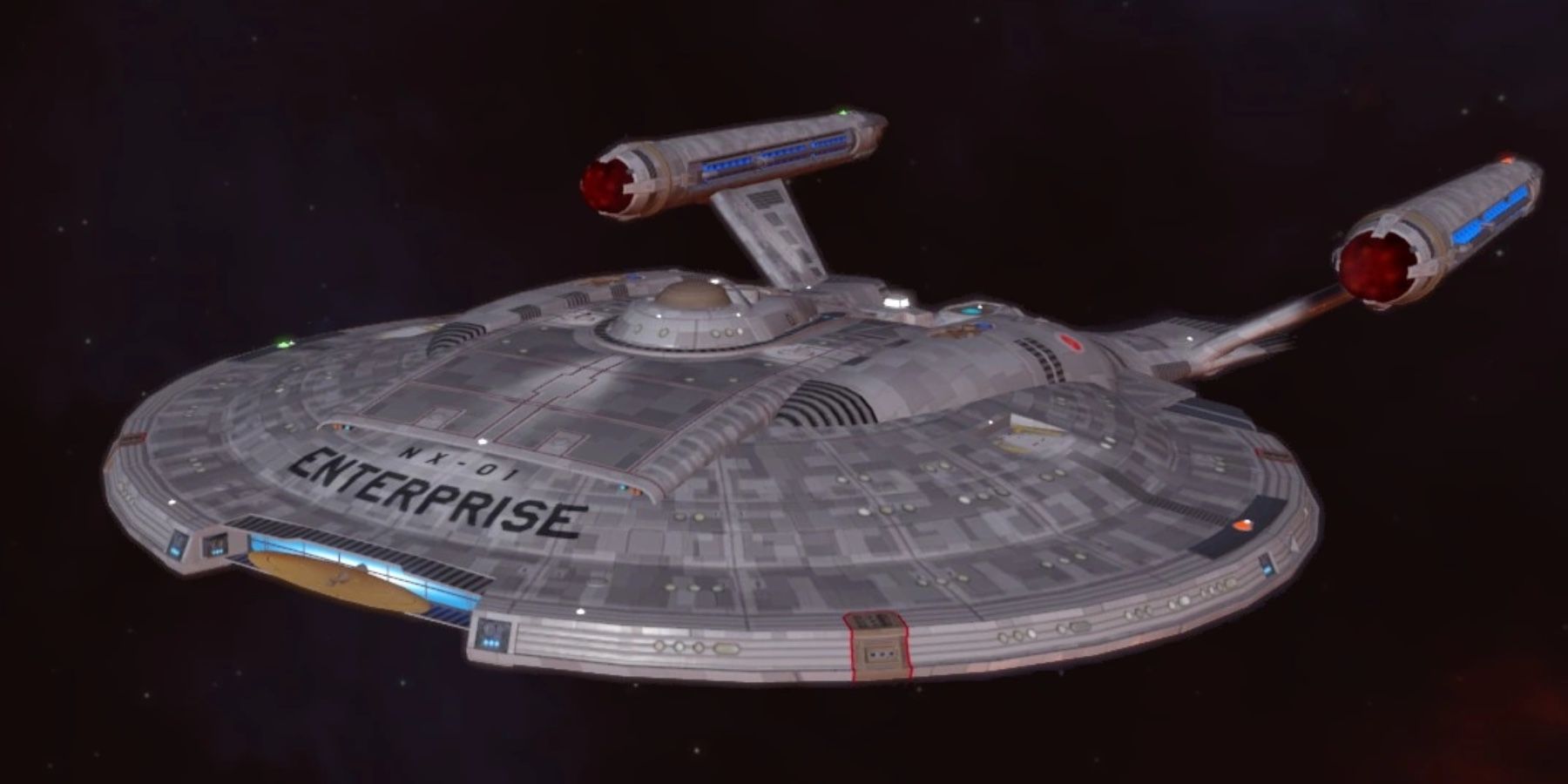Since its creation in the late 1960s, Star Trek has been a staple of the science fiction genre. The shows have pioneered a specific formula of philosophical quandaries with some of the best, and most influential, technology seen on the small screen. Part of what makes the show’s and various movies feel so alive is their never-ending ability to flesh the world out. Every new movie and TV show adds more information about pre-existing races and cultures.
Despite this, however, there are some pretty fundamental things that have not yet been canonically explained. A prime example of this is the iconic NCC starship denotation. Where does this designation come from, and what does it actually mean?
The Origin Of Starship Codes
The letters NCC should be familiar to most, from avid Star Trek fans to casual viewers. They are painted across the majority of Federation starships, or at least are present within most of the franchise's main vessels. Most people pay attention to the actual name given to the ship, such as Voyager or, of course, Enterprise. For example, the iconic ship's name is the USS Enterprise, followed by NCC and a number indicating which iteration of the ship this is.
The fan favorite TOS Enterprise was simply named NCC-1701. The number chosen was fairly arbitrary at that point, and apparently was the house number for the show's founder and franchise cornerstone Gene Roddenberry. What started as a throwaway number, however, soon cemented itself into canon and every iteration of the ship had to follow, simply adding a letter onto the end. Picard captained the USS Enterprise NCC-1701-D, and Rachel Garret (ender of the Klingon War) captained the famous NCC-1701-C.
What Do The Letters Mean?
While the number and the name have their origins in the real world, the NCC part remains something of a canonical mystery. Many have their theories, the most common suggesting that it stands for “Naval Construction Code.” This would make sense for the fairly navy-like, military organization Starfleet. It’s a fairly simplistic, and odd acronym if true, considering it is fairly self-explanatory given the context. The origin for this theory stems from the strictly non-canon Star Trek novel Best Destiny by Diane Carey, which delivered an origin story for James Kirk and his legacy creating father Commander George Kirk, through a series of flashbacks. At multiple points, Carey wrote USS Enterprise Naval Construction Contract 1701.
While many fans believe this theory to be true due to Carey’s book, there are multiple conflicting, non-canonical sources that say differently. During a documentary about the making of Star Trek, as well as in a season two writers' guide, it is stated that NCC stands for Navy-Curtis Craft. Instead of clarifying anything, however, this seems to simply perpetuate the confusion, as not many people recognize the name Curtis Industries.
In the fictional future of the Star Trek franchise, Starfleet itself was just the organization that ran things. They were the ones who led missions into unknown areas of space and were in charge of the defense of Federation space. They were not, however, the ones to actually build the spaceships, as the industries of the future were still thriving. Starfleet instead hired Curtis Industries, an industrial shipwright in San Francisco, to oversee the construction of their ships. Curtis Industries would build the individual parts and Starfleet would assemble the ship, almost flat pack style, in space.
As a side note, NCC is not the only starship code used within the franchise. The most common other code is NX. This was the code given to experimental ships, or ones that were still in the prototype stage. This is why the very first Enterprise, as shown in the mixed-reviewed, terribly-endingEnterprise series, was called the USS Enterprise NX-01. Again, the actual meaning is never specifically stated. However, it is largely understood to mean ‘Naval Experiment.’
Of course, with every detailed explanation fans have come up with to explain the acronym, there will always be another to come in and say it means nothing, much like 1701. The letters were supposedly arbitrary. Matt Jefferies, the art director for TOS and key figure for how the original Enterprise got its iconic design, based the code on his own expertise in aviation. In the real world, ‘N’ is an aircraft registration code for a USA registered craft, the ‘C’ suggesting it is a civil aircraft. Jefferies simply added another arbitrary ‘C’ to the end, supposedly feeling that it looked better. Of course, at the end of the day, as nothing is specifically stated in official canon, each one of these answers can be right. It ends up being each fan's personal choice as to which one they believe fits best.







